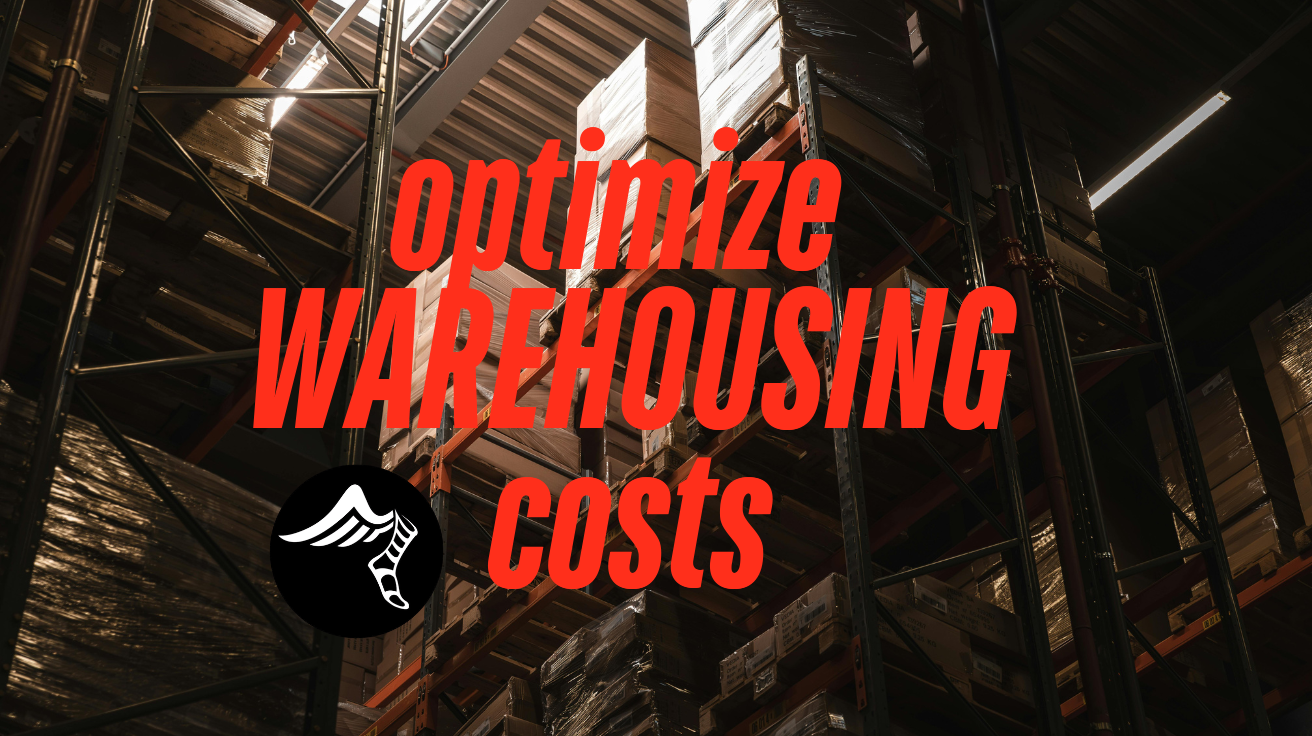Picture this: You’re reviewing your monthly fulfillment statements when you notice how much you’re paying for storage. You glance at the calendar and realize some of your inventory has been sitting in the warehouse for six months. That’s six months of paying for space occupied by products that aren’t making you money.
Sound familiar? You’re not alone.
The Silent Profit Killer
For many e-commerce businesses, warehouse space has become the equivalent of that storage unit we forget about until the monthly charge appears on our credit card statement. It feels necessary, yet we rarely question if we’re using it efficiently.
“I was shocked when I calculated how much we were spending on storing slow-moving inventory,” shares one of our clients, an apparel brand owner. “We were essentially renting expensive shelf space for products that weren’t selling.”
This common situation creates a triple financial burden:
First, there’s the tied-up capital. Every dollar invested in excess inventory is a dollar that can’t work elsewhere in your business, whether that’s developing new products, acquiring customers, or improving your website.
Second comes the direct storage costs. Most 3PLs charge based on space used, meaning you’re paying rent for every cubic foot your products occupy, whether they sell tomorrow or six months from now.
Finally, there’s the risk of deadstock, inventory that becomes outdated, goes out of season, or simply never sells. When Niels worked with retailers before co-founding HermesLines, he often saw businesses forced to heavily discount or even discard products they’d overstocked.
Breaking the Cycle: Strategic Storage Solutions
So how do you ensure you’re only paying for space you actually need? Let’s explore proven strategies that can dramatically reduce your warehousing costs.
Find a Partner with Flexible Storage
Not all 3PLs approach storage the same way. Many traditional providers lock businesses into rigid contracts that charge the same amount regardless of how much inventory you actually have at any given moment.
“We designed our storage model differently,” Lars explains. “We have a minimum monthly charge equivalent to one pallet of storage for system and operating costs. But you don’t need to actually fill an entire pallet with inventory to use our service – that’s just the minimum billing amount. Beyond that first pallet, everything is calculated precisely by cubic foot, so you only pay for the exact space you use.”
Look for a 3PL that offers true pay-for-what-you-use storage without complicated tiered pricing. This flexibility allows your storage costs to scale directly with your inventory levels instead of remaining fixed at arbitrary thresholds.
Let Data Drive Your Decisions
The most successful e-commerce businesses we work with share one common trait: they use data to forecast demand with remarkable precision.
Start by analyzing your sales patterns over the past year. When did certain products peak? How long did seasonal items actually sell? What was the real impact of promotions on inventory movement?
This data becomes your roadmap for smarter purchasing. Instead of the common “better safe than sorry” overstocking approach, you can make evidence-based decisions about exactly how much inventory you need.
Embrace Just-in-Time Inventory
One of our clients experienced the power of just-in-time inventory firsthand with his e-commerce business. “By coordinating closely with suppliers and our fulfillment partner, we reduced our average inventory holding by 40% without compromising availability.”
The just-in-time approach requires careful planning and reliable partners, but the financial benefits are substantial. Rather than storing three months of inventory, you might maintain just three weeks’ worth, with new shipments arriving precisely when needed.
Schedule Regular Inventory Audits
Implement a systematic process for reviewing your entire inventory at least quarterly. Look for:
- Products with no sales in the past 90 days
- Seasonal items still in storage out of season
- Items with excessive quantities relative to their sales velocity
Then take action, whether that’s creating bundle offers, running flash sales, or simply accepting that some products should be liquidated to free up both capital and storage space.
Optimize Your SKU Organization
Sometimes the issue isn’t how much you store but how you store it. Inefficient warehouse organization can lead to wasted space and higher costs.
The most space-efficient warehouses organize products based on size, sales velocity, and complementary items. Fast-moving products stay in easy-to-access locations, while complementary items that often sell together are stored near each other to simplify picking.
The Bottom Line: Store Smarter, Not More
Optimizing your warehouse space isn’t about cutting corners or risking stockouts. It’s about being strategic with both your inventory and your capital.
By partnering with a 3PL that offers truly flexible storage options and implementing these optimization strategies, you can significantly reduce what’s often an overlooked expense. The result? More working capital, lower monthly costs, and a more efficient fulfillment operation.
Is it time to take a closer look at your storage strategy? You might be surprised by how much you can save.
You can read more HermesLines blogs here.
If you need 3PL services for your e-commerce store, HermesLines is here to help. Check our prices here: pricing
HermesLines is fully transparent when it comes to pricing, so you don’t have to worry about hidden costs.

